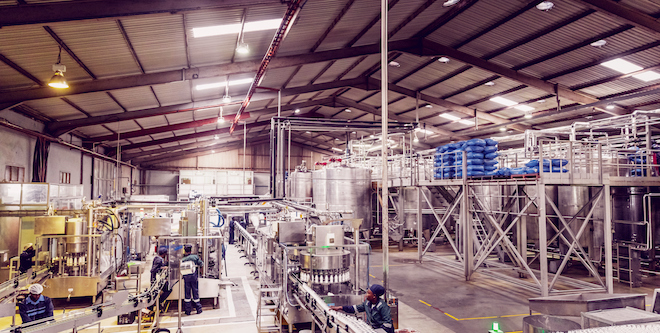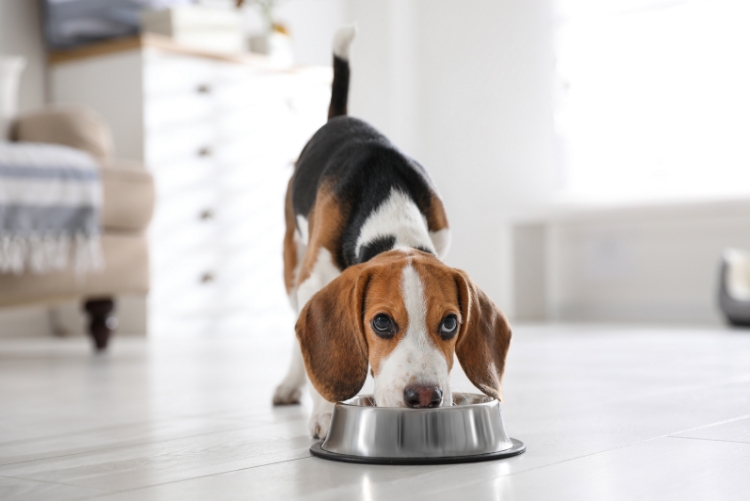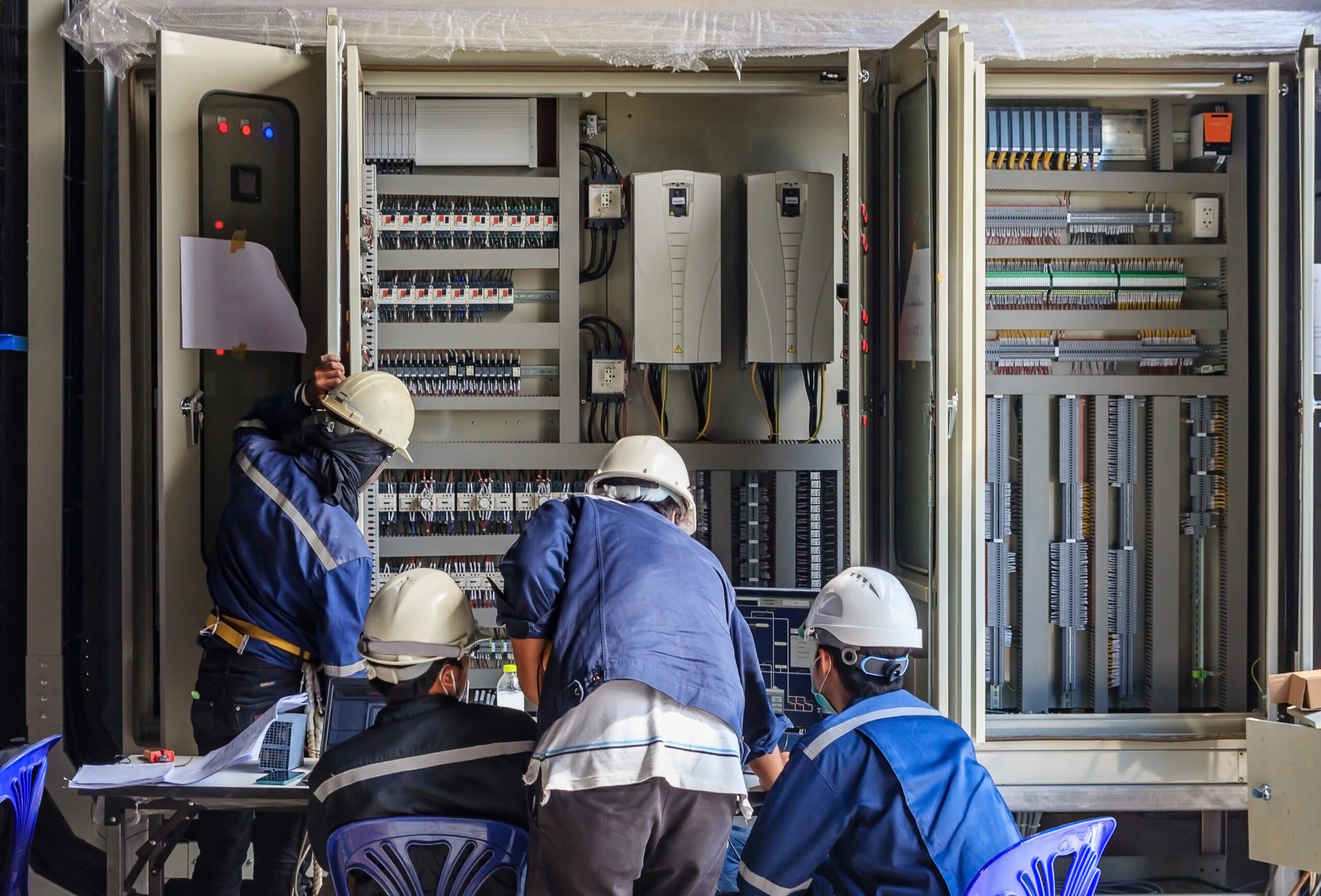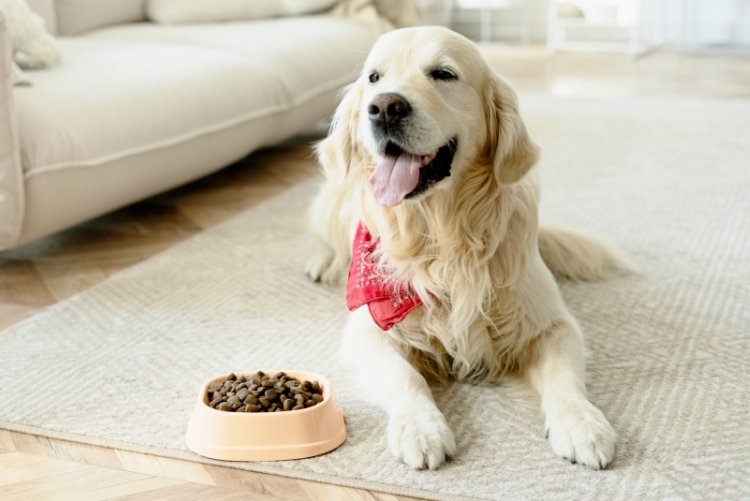
Good manufacturing practices (GMP) help to reduce risk and prevent illness and injury throughout the supply chain. CFR Title 21 Part 110 lays out GMP for food safety in manufacturing, covering a range of activities from packaging to processing to storage and more. In some areas, the document provides explicit instructions about GMP. Other areas are less clear. In this blog post, we’ll discuss GMP in food manufacturing equipment design, as well as the facility design, to get a better picture of risks that are especially common or easy to overlook.
7 Tips to Maintain GMP for Food Safety in Manufacturing
1. Proper Welding Practices
Whether you are working with liquids, powders, or bulk solids, proper welding practices are essential for all equipment. Sanitary design requires that there be no hiding places were moisture, dust, and particles carrying foodborne illness pathogens could accumulate. This means sealing any cracks or hollow areas. Some of these are obvious, while others are easy to miss. The following are just a few examples.
- Cracks between welded joints
- Dents on horizontal surfaces
- Threaded screws or attached parts
- Concave handles or edges
- Burrs or sharps
- Stress cracks on hot surfaces
GMP for food safety also require the right welding techniques and materials. For example, the wrong welding technique on stainless steel can compromise the oxide layer that keeps it from rusting, or create tiny fractures that will ultimately cause the metal to rust or corrode. Welding together dissimilar metals is another problem which can cause cracks and corrosion. To avoid these problems when ordering food processing equipment, take a close look at the manufacturer’s existing systems, or talk to a previous customer.
2. Hermetic Sealing
As previously mentioned, there can be no hollow areas where moisture or particles can accumulate. But this applies to more than welded joints and drilled holes. This principle also applies to other attached components, including electrical components. Electrical components with delicate inner workings must be hermetically sealed. This prevents moistures and particles from building up inside, and it also allows the equipment to be thoroughly washed without damaging the electronics. One example of this is the hermetically sealed load cell. If the load cell is not properly sealed, it can quickly become inaccurate and it can be a harborage for bacteria.
3. Remove Attached Components for Cleaning
Some machines can be cleaned with a thorough spray or even CIP procedures, but others require some disassembly. Components such as mixing paddles and chopping blades which are attached using bolts or threaded screws must be properly removed from the machine before cleaning. The process for this should be clearly laid out, and all components should have a safe place to sit while they move through the cleaning process. This will ensure that the components are all cleaned properly, but it will also help to prevent losses of small screws or other parts.
4. Use the Right Cleaning Process
The ingredients that you work with as well as your equipment design will help to determine the type of cleaning solution and processes you need. The cleaning solution and process must be able to cut through residue and destroy bacteria without damaging machines. For this to work,
- Remove stuck-on residue. A dirty surface cannot be sanitized, so stuck-on materials must be removed first. This might require a large, rough-bristle brush for stuck solids, or a finer scrubbing brush for thinner, stickier substances like sugars or oils. It might also require hot water, soap, or detergent to cut through the material.
- Rinse: All equipment must be properly rinsed to remove stuck-on materials and soap. If this is not rinsed off, the next sanitation stage will not be as effective.
- Sanitize: In the final stage, heat, steam or chemical sanitation eliminates microbes.
If you are working with corrosive cleaning agents, it is important to make sure they do not damage stainless steel finishes or possible weak spots, such as welded joints. It is also important to closely monitor the temperature and pH of the cleaning solution. At temperatures over 115°F, many liquid cleaning agents become a corrosive, harmful gases. At the wrong pH, other chemicals will not clean properly, or they may become more corrosive. Other liquids or gases may be ideal for cleaning, but contact or inhalation can be hazardous to people. It is important to make proper cleaning protocols clear and make sure all safety equipment, such as gloves or masks, are in full working order.
5. Properly Storing Harmful Materials
Cleaning agents, pesticides, machine lubricants, fuels, and other chemicals are necessary to keep the plant running smoothly. However, if these substances find their way into the product line, the results can be deadly. GMP for food safety requires that these toxic substances be stored separately from any ingredients or finished products. It should be nearly impossible for these substances to accidentally enter the product line, and very difficult to do so deliberately without attracting attention.
6. Check and Verify
Even when the system appears to be working well, you can only know for sure if you check. GMP in food safety requires regular checks to ensure that sanitation and safety are actually working. This process can seem redundant, but skipping it introduces real danger. All of the time and effort you’ve already put in to GMP will be wasted unless you’re sure that its working. Monitor the system and conduct inspections to ensure the system is working properly.
Verification processes will depend on your facility. This might mean checking chemical concentrations and pH of washing water or verifying system pressure. It might mean conducting microbial inspections, swabbing and test cultures. A simple visual test or checklist might be in order, or some combination of these things.
7. Strict Processes
Even GMP with perfect planning are useless unless they are properly carried out. A strict and detailed process helps to ensure that the procedures are actually working according to plan. Use detailed cleaning instructions and checklists to maintain consistency. Be sure to clearly mark cleaning tools, so they are not cross-contaminated (for example, using a floor scrubber for mixing paddles). Finally, make sure that employees understand why these processes are important. Employees who understand food safety risks and the purpose of a given task are less likely to skip processes that might otherwise be considered redundant or pointless. Finally, these processes should also be well-documented.
GMP in food safety has helped to reduce the spread of foodborne illness and make facilities safer for everyone. Considering food safety GMP as you design a new facility or make upgrades to an existing one can help to make everyday processes faster and easier.







